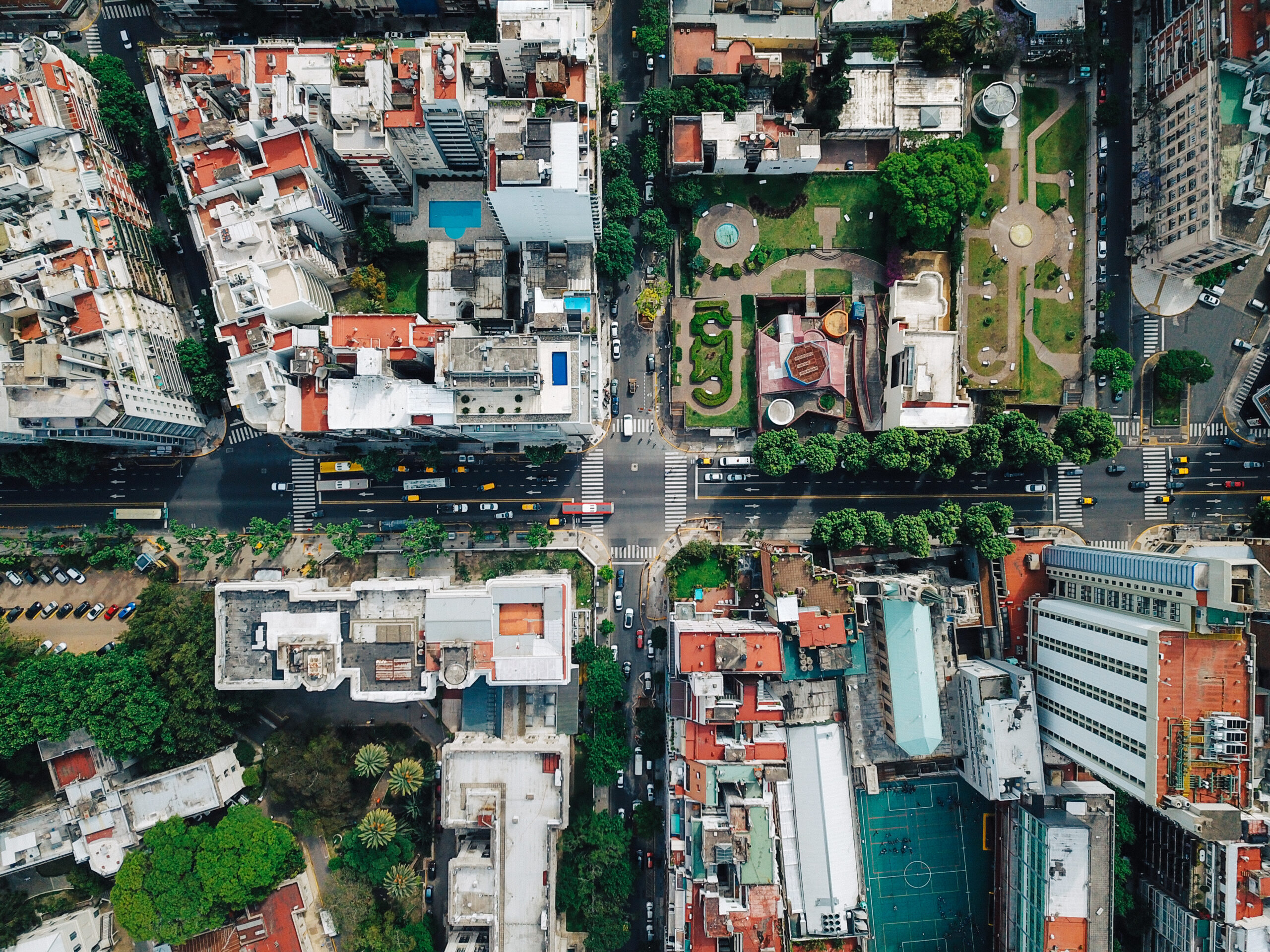
Cities occupy just 3 percent of the Earth’s land, but account for most of the global energy consumption and carbon emissions. Many cities are also more vulnerable to climate change and natural disasters due to their population densities and interconnected infrastructure. To avoid the most harmful impacts from climate change — including human, social and economic losses — we know building climate-ready cities is crucial. However, recent studies indicate that we are far from reaching global goals set out for making our cities more resilient.
A 2022 assessment released by the United Nations paints a stark picture of progress, describing a sense of “grave jeopardy.” So, what is the best way for cities to make the changes needed to meet global climate and development goals that would ensure a sustainable and inclusive future? The scale of this challenge calls for intense systems-level urban transformations.
This means moving beyond narrow approaches that only focus on a single issue, such as transportation or housing, and embracing bigger solutions that demonstrate life-changing impacts on people’s lives and have ripple effects on institutions and the wider city. Systems change in cities involves transforming multiple components of a particular urban system to create a holistic positive shift of the entire system.
Urban transformation is difficult to achieve in practice. There is often a distance between the kinds of solutions that are needed and how cities actually work. Limited resources and the difficulties of coordinating many stakeholders, among many other barriers, limit the ability to make meaningful systemic changes.
However, there are cities around the world rising to the challenge. Here, we highlight three innovative urban projects that are demonstrating how cross-sector solutions can achieve systemic change to make cities more sustainable and inclusive.
1. Rosario, Argentina: Transformation Through Urban Agriculture
Since 2001, Rosario, Argentina has evolved an urban and peri-urban agriculture program to become a key part of the city’s resilience to flooding and heat events.
The city was experiencing a major national economic crisis compounded by record-breaking rainfall and flooding. Thousands of people in Rosario faced food insecurity, unemployment, displacement and poverty.
Rosario’s initial interventions were launched in the early 2000s to equip people with the resources to grow produce on vacant and under-utilized land and sell it at local markets in response to the economic crisis. Following major floods in 2007, the city identified flood risk zones that could be developed into “Vegetable Garden Parks” for urban agriculture.
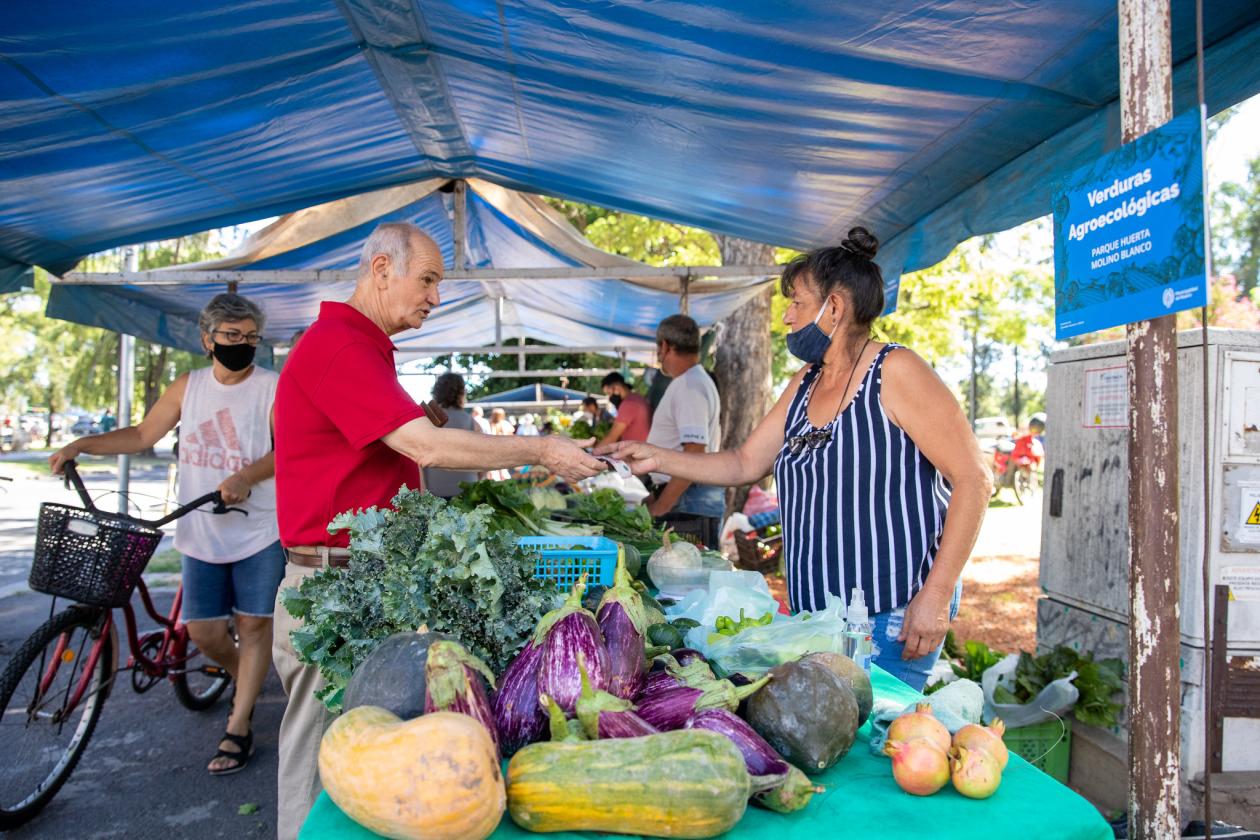
Since then, the city has worked to convert increasing amounts of land into green agricultural spaces. These spaces limit environmentally harmful urban sprawl, cool down the city, and absorb excess rainfall. Rosario brought the benefits of these land use changes to the population with additional initiatives on food markets, green jobs, composting and renewable energy. Urban agriculture now features prominently in the city’s regular 10-year strategic plans.
Rosario, which was the grand prize winner of the 2020-2021 WRI Ross Center Prize for Cities, took a holistic approach demonstrating a systems-level change to integrate urban agriculture into the city’s environmental and land use policies, while also instituting a set of beneficial social programs connected to agricultural programs. Rosario shows how a city can enact changes, growing them steadily over time, to transform food and land use systems to promote food security and climate resilience.
2. Guadalajara, Mexico: Public Space, Decarbonization and Activism
The experience of Guadalajara, Mexico, shows how a city’s transformation of roadways led to the development of new systems of activism and political engagement in the city.
The core physical intervention was Via RecreActiva, a major weekend road closure program where pedestrians and cyclists were invited to use major roads typically reserved for cars. Via RecreActiva was initially launched in 2003 by a coalition of business owners aiming to improve cleanliness and quality of life in the city center, modeled after a similar program in Bogota, Colombia. Via RecreActiva raised the importance of non-motorized mobility, showing the benefits of vibrant, car-free public spaces.
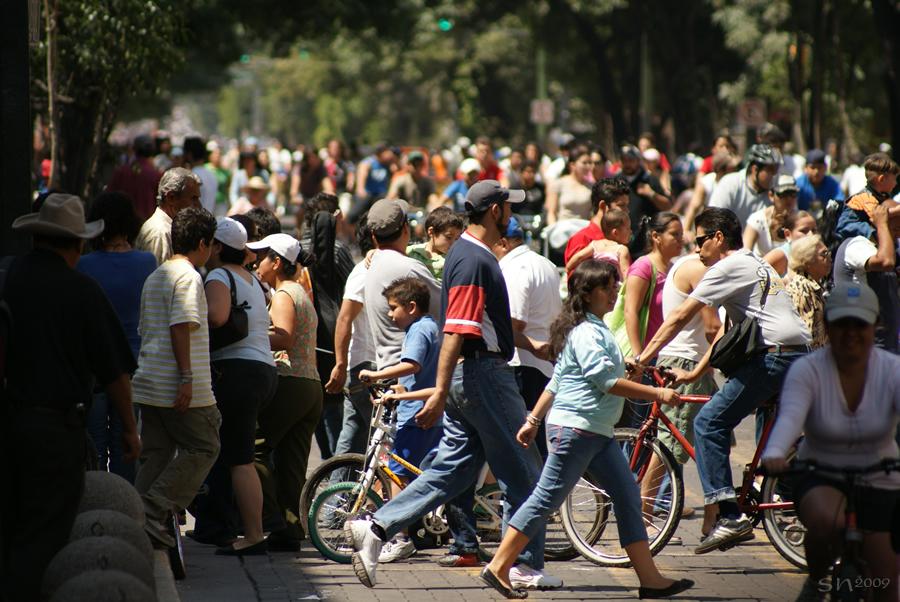
Over time, the success of the program helped seed the rise of new civil society coalitions focused on sustainability and cycling advocacy, which have since had a measurable impact on the city’s transportation policies. In 2009, a coalition of organizations advocated for a new master plan for nonmotorized mobility that was passed by the municipality, and in 2010 successfully opposed the construction of a major elevated expressway for motor traffic.
Since 2015 some veterans of this community organizing have formed a new progressive political party that has since won elections and today forms the city’s government, which has majorly increased spending on public transportation. This project exemplifies how one intervention of a major public space can create new constituencies focused on change for a more sustainable city.
3. Bangkok, Thailand: Secure and Inclusive Housing
Like many cities in the Global South, Bangkok, Thailand, faces the challenge of providing services and infrastructure to informal settlements. This problem is intensified by the increasing risk of flooding, which threatens to destroy the modest informal settlements at the edges of Bangkok’s vast network of canals and rivers. There is an urgent need to build flood prevention infrastructure in the city, without disrupting the lives of the urban poor.
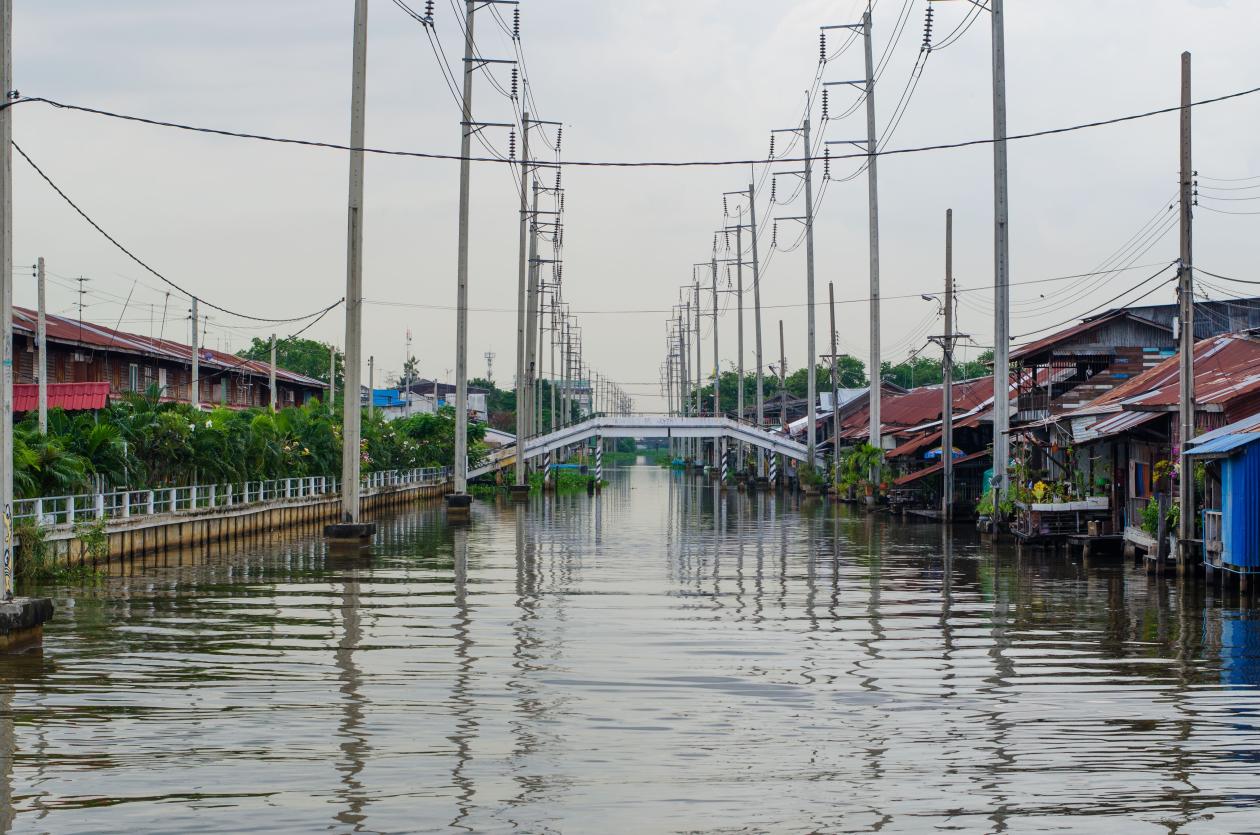
Since 2003, Bangkok has benefited from Baan Mankong (“Secure Housing”), a national-level program that supports slum communities in the city by negotiating formal tenure and offering financing and subsidies to upgrade housing in line with citywide flood-resilience plans. The program’s work with local cooperatives of slum dwellers is key to instituting community-led processes. These collaborative measures contrast from traditional top-down approaches where the urban poor are forcibly resettled in housing that may not meet their needs.
Working through local community networks is also key to developing new systems of “social infrastructures” that have increased the city’s resilience to other crises. During the COVID-19 pandemic, the networks established under the Baan Manong program were used to promote a range of initiatives and grants to support communities hit by the lockdown crisis.
The Baan Mankong program has spurred systemic change in the city’s urban development strategy and relationships between authorities and urban poor communities.
Elevating Sustainable Urban Transformations
Highlighting cases of systems change in cities around the world is key to encouraging city-to-city learning and inspiration that is needed to seed new projects. That’s why WRI created the WRI Ross Center Prize for Cities to celebrate urban transformation projects. Since 2019, the Prize has elevated 15 exemplary laureates from around the world that demonstrate how successful urban transformation works in practice.
Three projects have won the grand prize of $250,000, demonstrating impactful work on diverse focus areas ranging from innovative road safety programs in Dar es Salaam, Tanzania, inclusive urban agriculture systems in Rosario, Argentina and citywide park upgrading and greening in Barranquilla, Colombia.
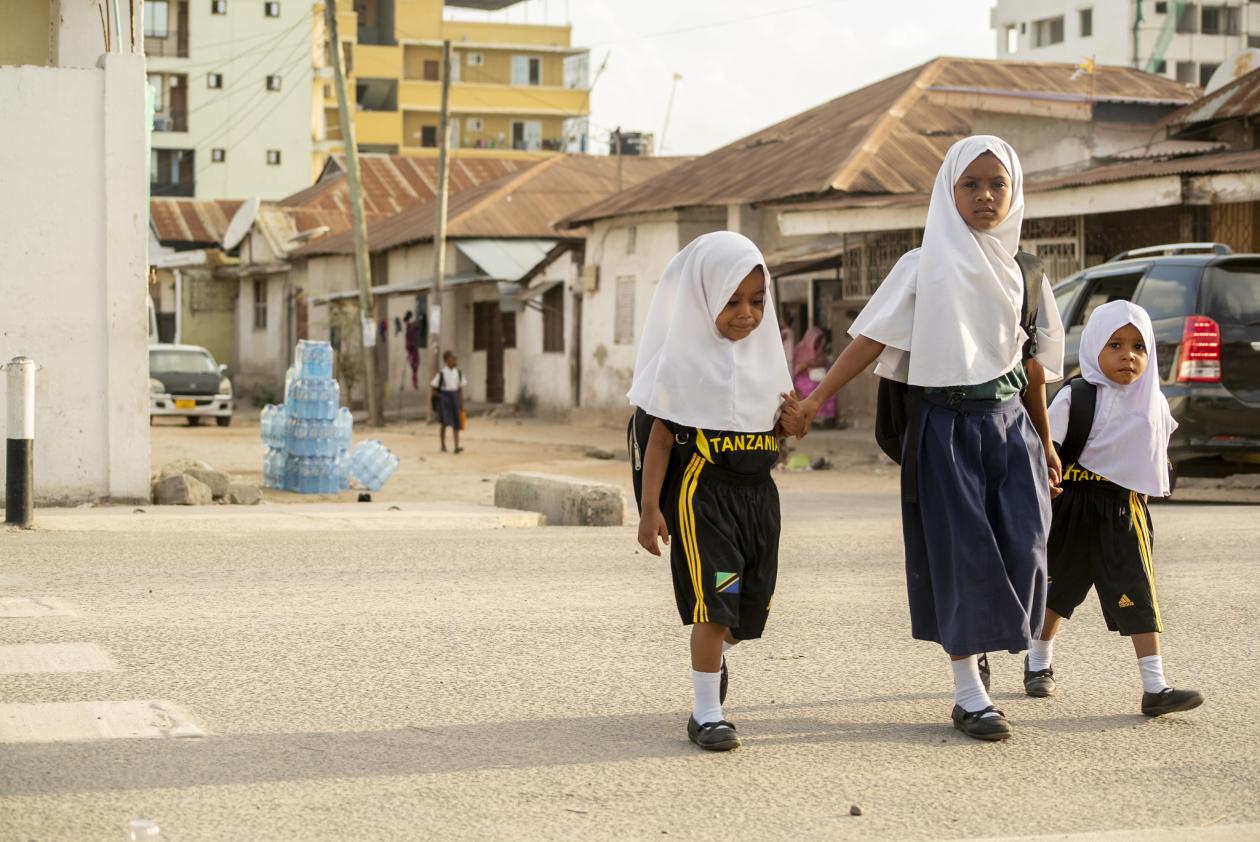
The Prize has launched its fourth cycle and will accept applications until Sept. 26, 2023, from projects responding to the theme of “accelerating momentum for climate-ready communities.” This theme recognizes, in this moment of global awareness, the magnitude of our climate change challenge and the need to accelerate the speed, scope and scale of action to create inclusive, climate-ready communities.
The WRI Ross Center Prize for Cities celebrates urban transformations like the cities featured in this article. Now in its fourth cycle, the 2023-2024 Prize aims to elevate cities around the theme “accelerating momentum for climate-ready communities.” Visit the WRI Ross Center Prize for Cities for more information on how to apply.
This article originally appeared on WRI’s Insights.
Salome Gongadze is Evaluation, Learning, and Research Analyst for WRI Ross Center Prize for Cities.






